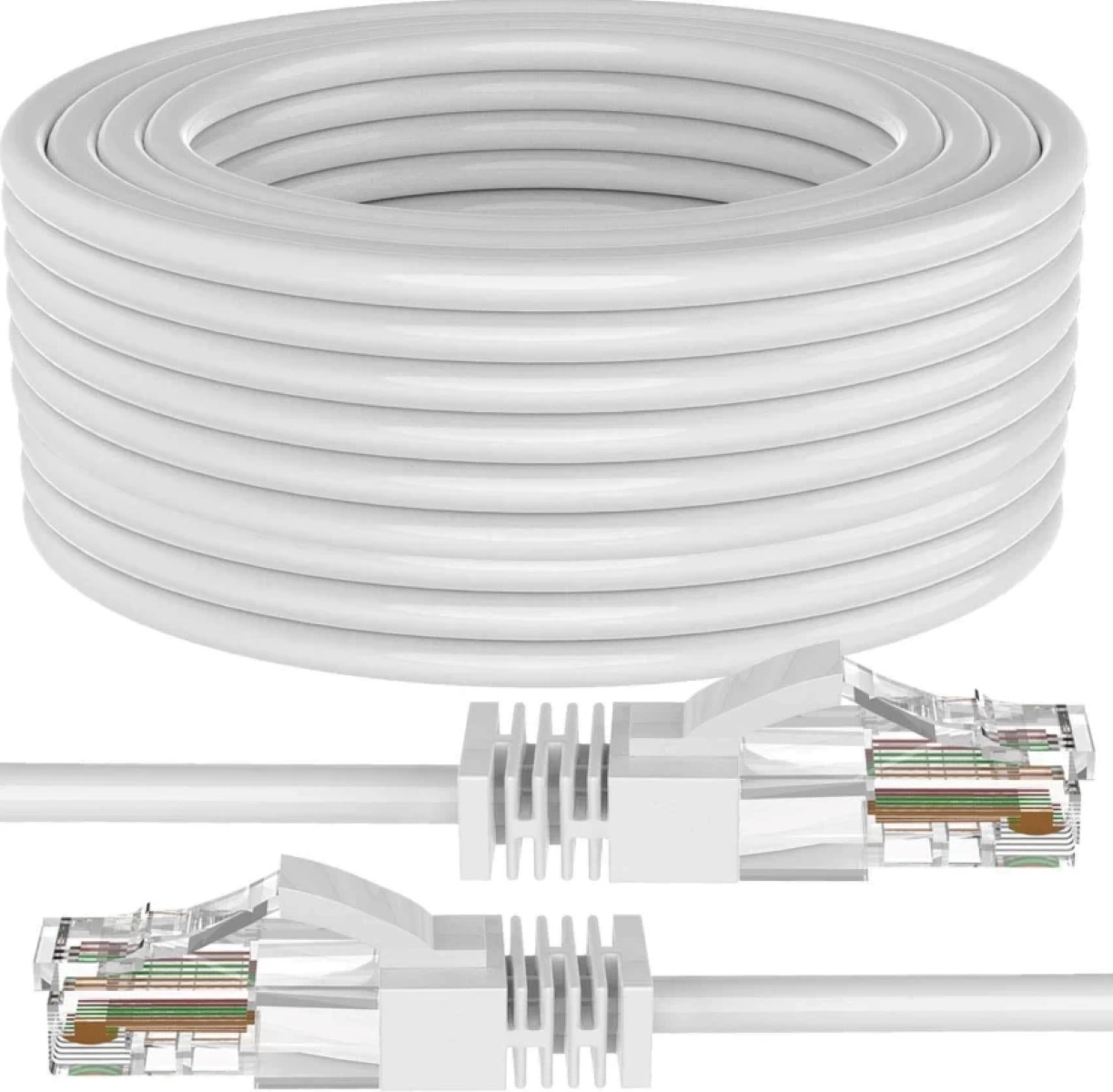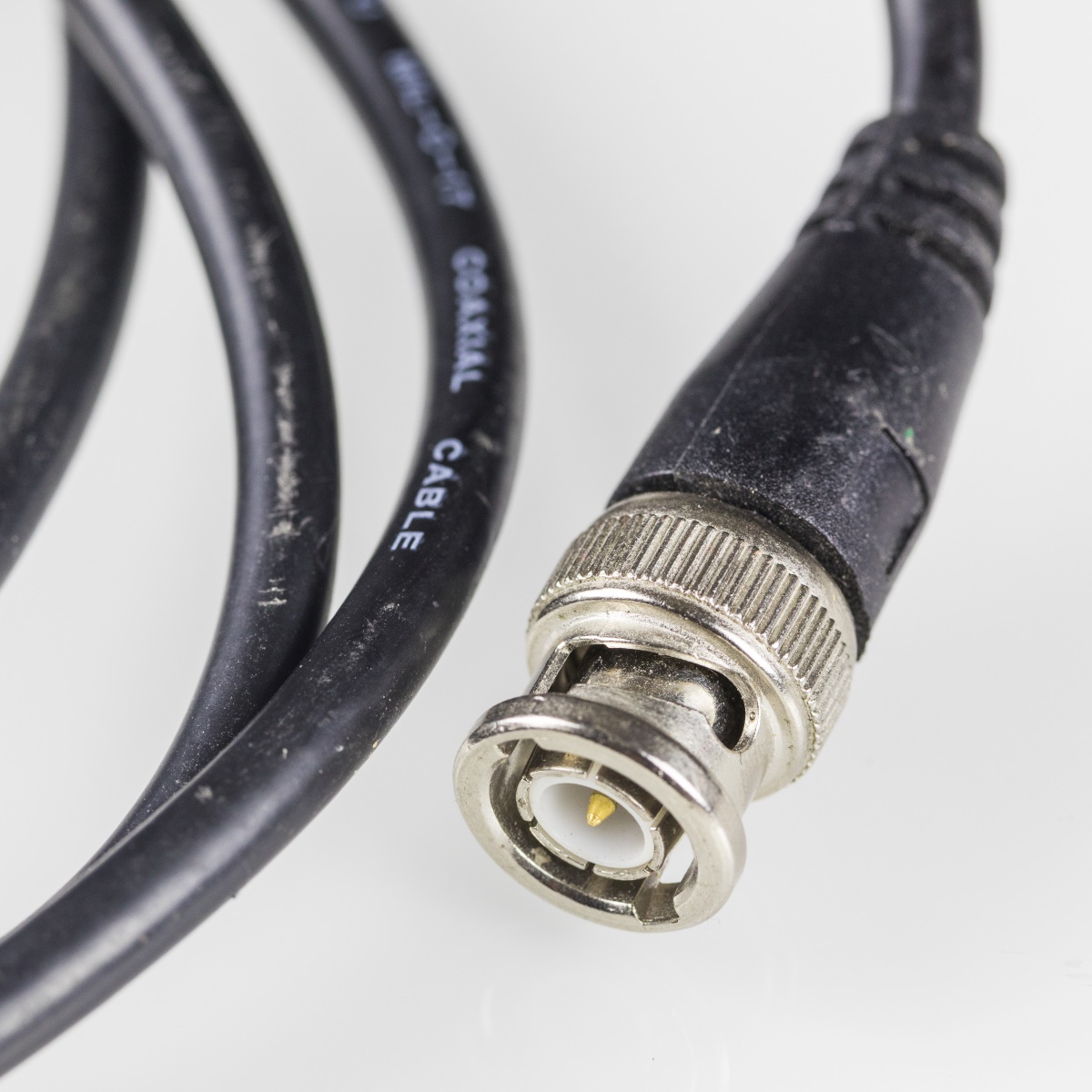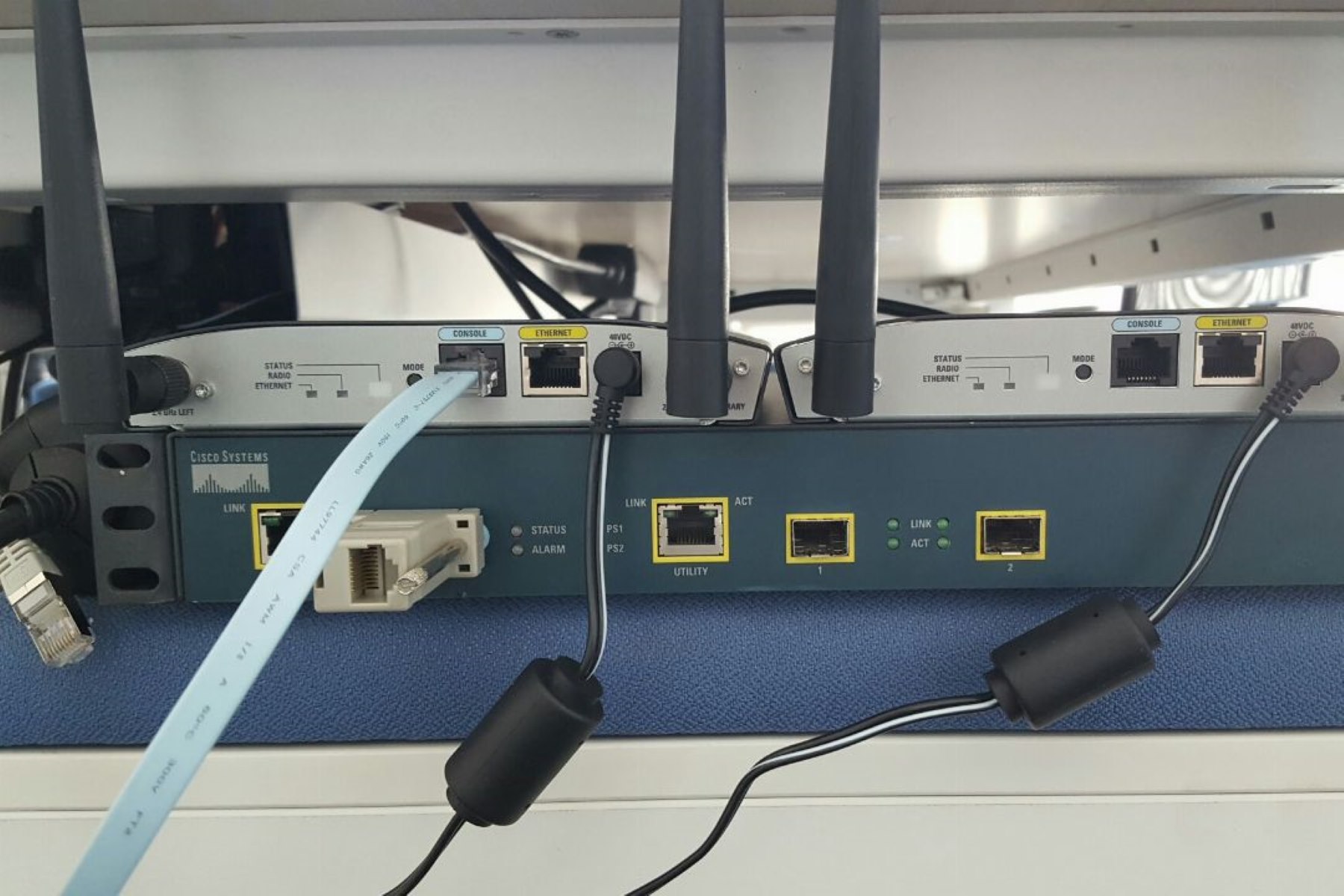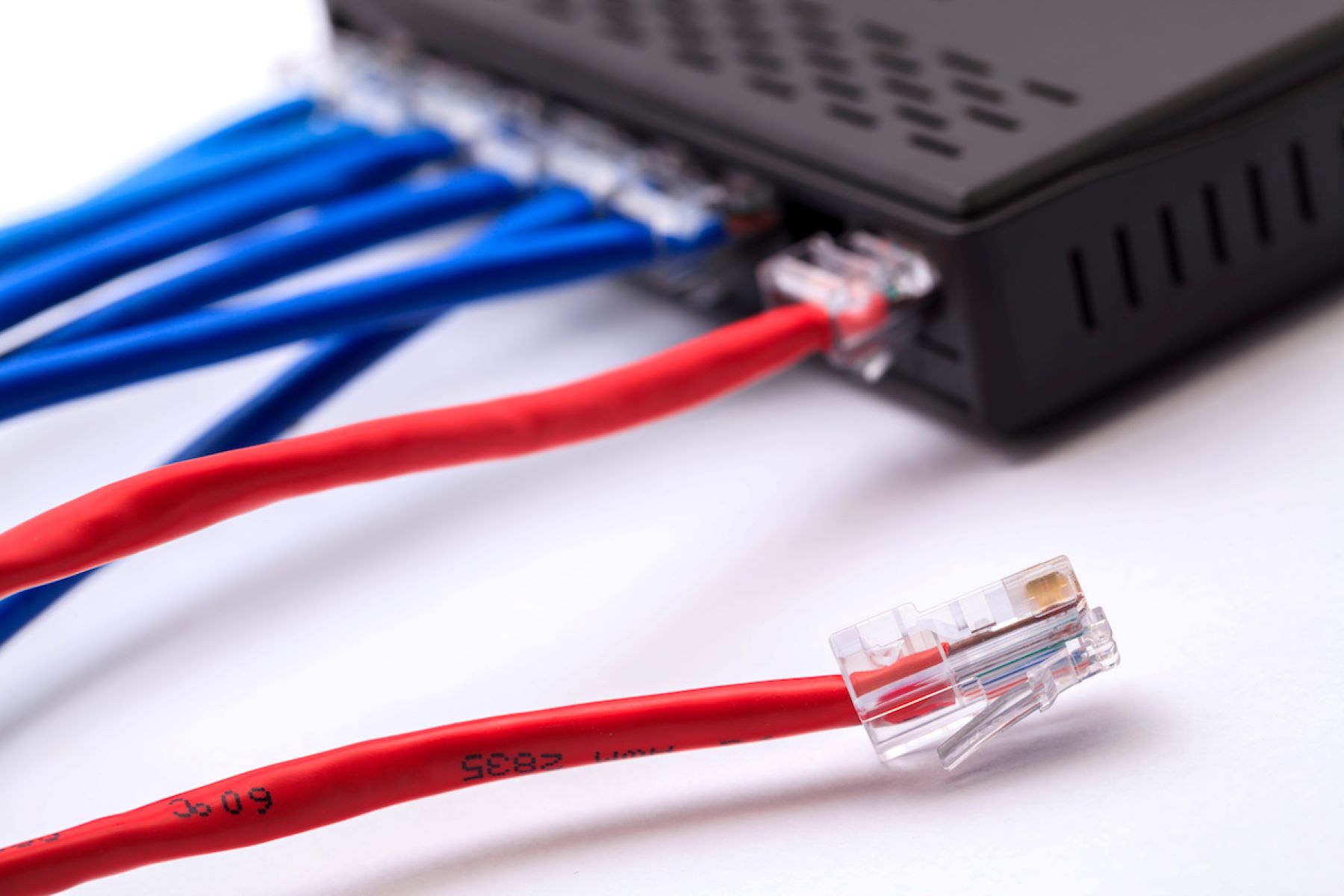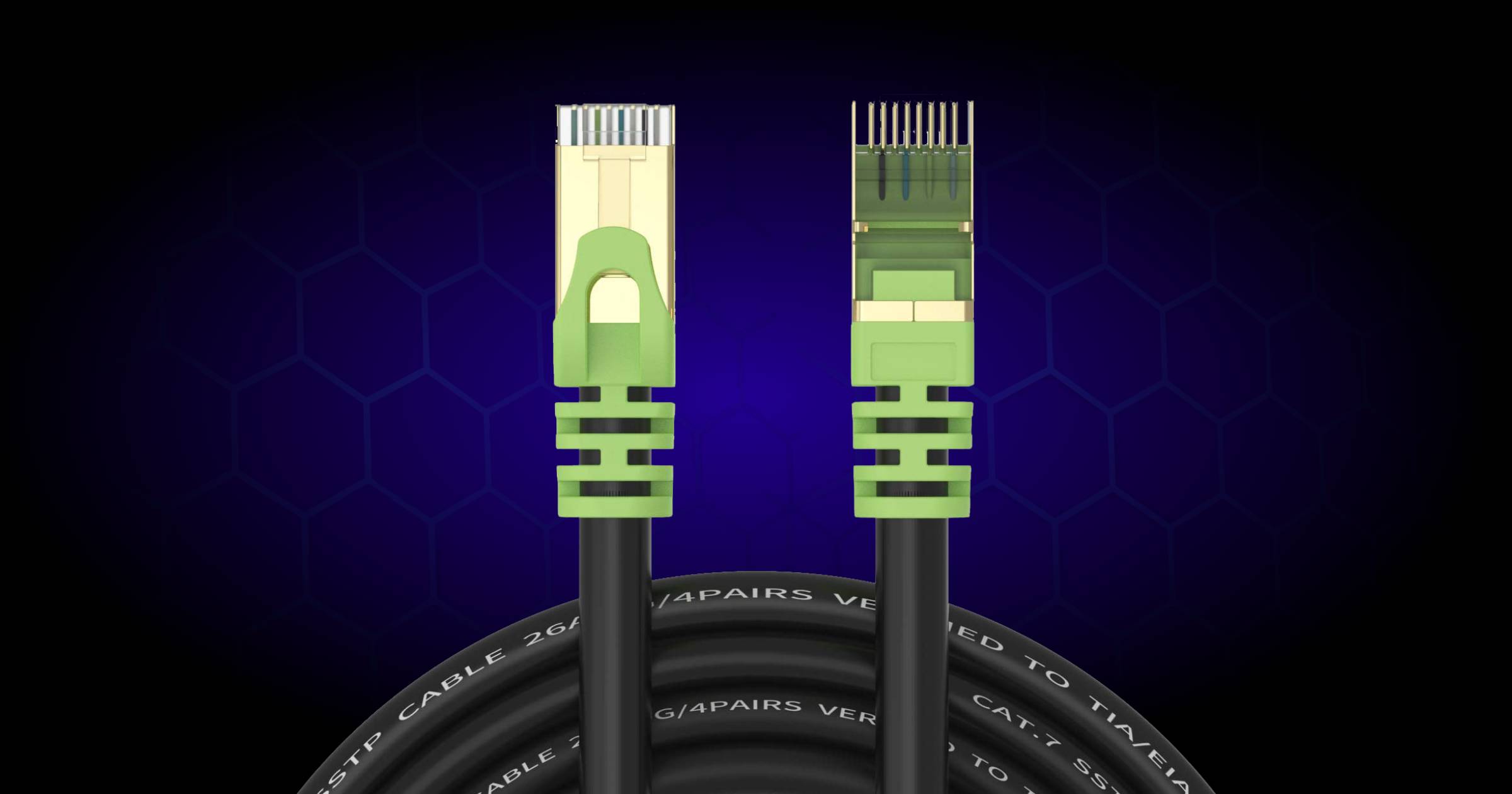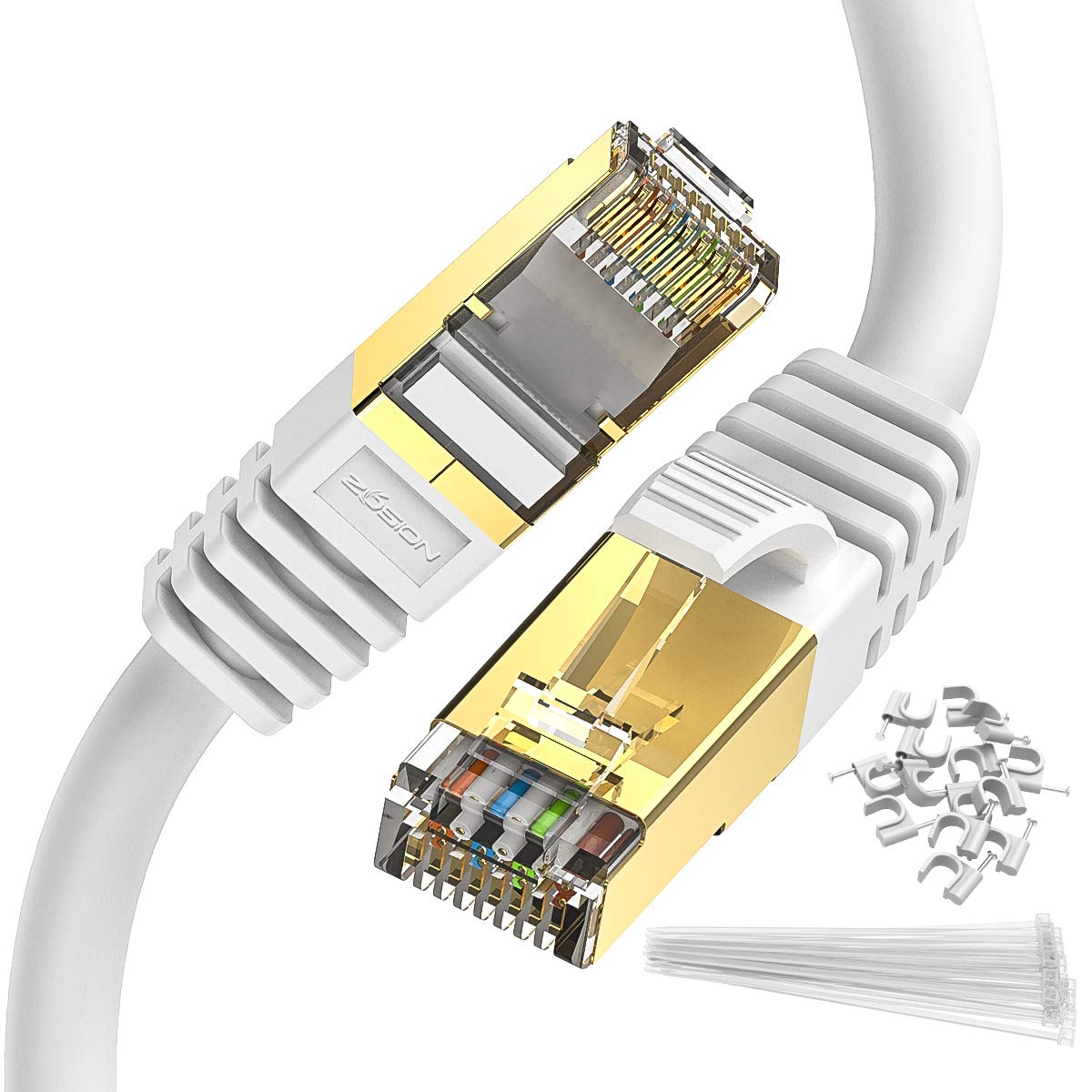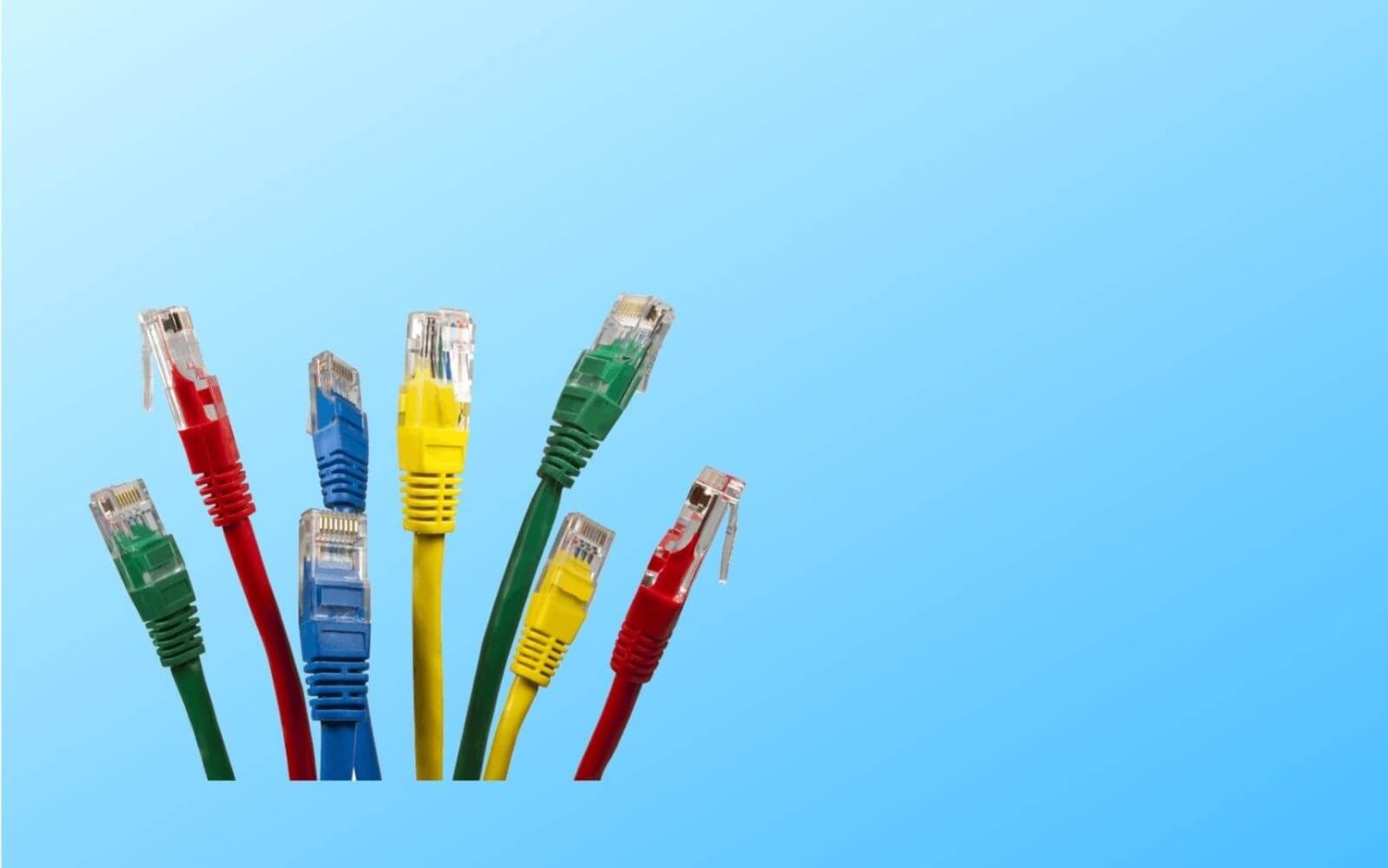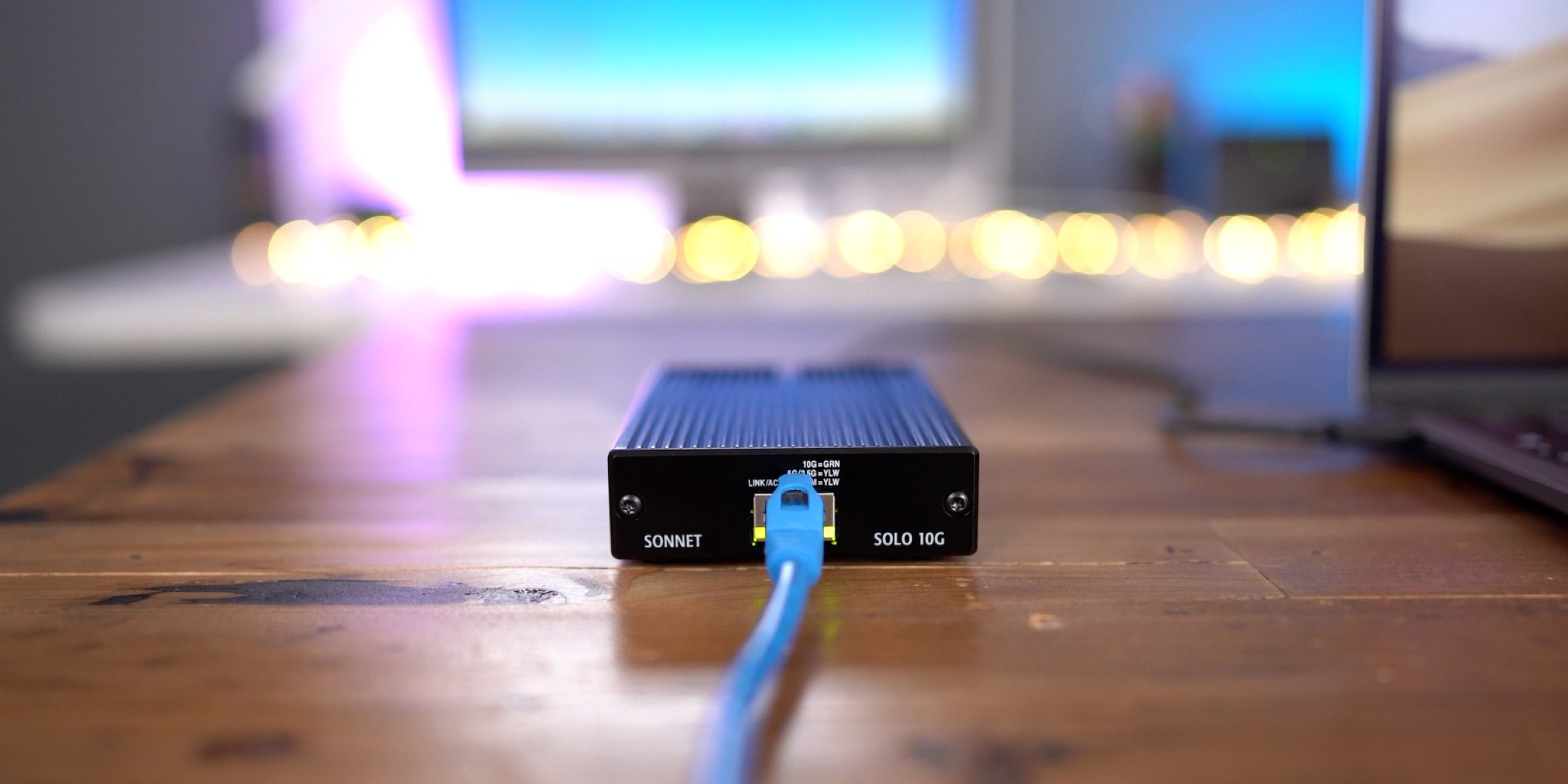Introduction
In today’s digital age, having a reliable and efficient network is vital for businesses and individuals alike. Ethernet networks have become the backbone of our interconnected world, enabling us to communicate, collaborate, and access information seamlessly. However, building a robust Ethernet network requires careful consideration of the cabling infrastructure.
Choosing the right type of cabling is essential for ensuring optimal network performance. In this article, we will explore the different types of cabling that can be used for an Ethernet 100Base-T network. Whether you’re setting up a small office network or a large-scale enterprise system, understanding your cabling options will help you make informed decisions and avoid potential bottlenecks.
From Category 5e to Category 6A cables, each option comes with its own advantages and considerations. We will also touch on the use of fiber optic cables, a high-speed and long-distance solution that can revolutionize your network connectivity.
By the end of this article, you will have a clear understanding of the various cabling options available for your Ethernet 100Base-T network, empowering you to make the right choice for your specific requirements.
Category 5e Cable
Category 5e (Cat 5e) cable is one of the most commonly used cabling options for Ethernet 100Base-T networks. It is an enhanced version of the original Category 5 cable, designed to support faster data transmission speeds and reduce interference. Cat 5e cables are widely available and cost-effective, making them a popular choice for both residential and small to medium-sized business networks.
The primary advantage of Category 5e cable is its ability to handle data transfer speeds of up to 1000 Mbps (Megabits per second) at a maximum frequency of 100 MHz. This makes it suitable for a range of applications, including internet browsing, file sharing, video streaming, and online gaming.
Category 5e cable is capable of supporting Ethernet 100Base-T networks, which utilize two pairs of wires for both transmitting and receiving data. The twisted pair design of the cable helps reduce crosstalk, ensuring more reliable data transmission and minimizing signal degradation.
However, it is worth noting that Category 5e cable has some limitations. Its maximum recommended cable length is around 100 meters, beyond which the signal quality may deteriorate. Additionally, while Cat 5e cable can support Gigabit Ethernet (1000 Mbps), its performance may not be as consistent as higher category cables, especially over longer distances.
Overall, Category 5e cable is a reliable and cost-effective option for Ethernet 100Base-T networks, particularly in small to medium-sized environments where the cable runs are relatively short. It provides a good balance between performance and affordability, making it a popular choice for both residential and commercial network installations.
Category 6 Cable
Category 6 (Cat 6) cable is an upgraded version of Category 5e cable, offering higher performance and data transmission capabilities. It is designed to support faster Gigabit Ethernet networks, making it an ideal choice for businesses and organizations that require reliable and high-speed connectivity.
One of the main advantages of Category 6 cable is its improved data transfer speeds. With a maximum frequency of up to 250 MHz, Cat 6 cable can support data rates of up to 10 Gigabits per second (10 Gbps) over shorter distances. This increased bandwidth makes it suitable for bandwidth-intensive applications such as video conferencing, data storage, and multimedia streaming.
Compared to Category 5e cable, Category 6 features improved signal isolation and reduced crosstalk, thanks to stricter cable shielding and twisted pair design. This allows for more consistent and reliable data transmission, especially in environments with high levels of electrical interference.
Category 6 cable is backward compatible with Category 5e and Category 5 standards, meaning it can be used in existing networks with older Ethernet technologies. However, it is important to note that using Category 6 cable alone does not guarantee the full benefits of the 10 Gigabit Ethernet capability. Other components, such as network switches and network interface cards, must also support the 10 Gigabit Ethernet standard.
When considering Category 6 cable for an Ethernet 100Base-T network, it may seem like an overkill, as the network operates at lower speeds. However, Category 6 cable provides future-proofing and the potential for network expansion and upgrades. It offers better performance, reliability, and headroom for higher-speed applications, ensuring that your network infrastructure is ready to handle growing demands.
In summary, Category 6 cable is a high-performance cabling option that provides faster data transfer speeds and improved signal integrity. While it may not be necessary for a basic Ethernet 100Base-T network, investing in Category 6 cable can future-proof your network and provide the flexibility to upgrade to faster Ethernet standards in the future.
Category 6A Cable
Category 6A (Cat 6A) cable is an enhanced version of Category 6 cable, providing even higher performance and capabilities for Ethernet networks. It is designed to support 10 Gigabit Ethernet (10 Gbps) over longer distances, making it an excellent choice for demanding applications and environments.
One of the key advantages of Category 6A cable is its ability to handle higher data transfer speeds over extended distances. With a maximum frequency of 500 MHz, Cat 6A cable can support 10 Gigabit Ethernet connections at distances of up to 100 meters. This makes it suitable for power-hungry applications such as data centers, server rooms, and enterprise networks.
Category 6A cable features improved shielding and pair separation compared to Category 6 cable. This enhanced design reduces crosstalk and provides better noise immunity, resulting in more reliable and consistent data transmission. It also allows for superior signal quality, ensuring that network performance is not compromised by external interference.
With its increased performance capabilities, Category 6A cable offers future-proofing and scalability. It provides the ability to upgrade to even higher-speed Ethernet standards, such as 40 Gigabit Ethernet (40 Gbps) and 100 Gigabit Ethernet (100 Gbps), without needing to change the cabling infrastructure.
While Category 6A cable offers significant benefits, it is important to consider the cost implications. Compared to Category 5e and Category 6 cables, Cat 6A cable is generally more expensive due to its advanced construction and higher performance standards. However, the investment in Category 6A cable can be justified in environments where reliable and high-speed network connectivity is critical.
Overall, Category 6A cable is the go-to choice for demanding applications that require the highest data transfer speeds and superior performance. It offers scalability and future-proofing, ensuring that your network infrastructure can support current and emerging technologies for years to come.
Fiber Optic Cable
Fiber optic cable is a high-speed, long-distance cabling solution that utilizes thin strands of glass or plastic to transmit data through pulses of light. It offers numerous advantages over traditional copper-based cables, making it a preferred choice for high-performance Ethernet networks.
One of the main advantages of fiber optic cable is its ability to transmit data at extremely high speeds over long distances. Unlike copper cables, which are limited by electrical resistance and interference, fiber optic cables can support data rates of up to terabits per second (Tbps) over distances that can span hundreds of kilometers. This makes it ideal for industries such as telecommunications, data centers, and internet service providers.
Another key benefit of fiber optic cable is its immunity to electromagnetic interference (EMI). Since fiber optic cables transmit data using light signals, they are not affected by electrical noise, making them incredibly reliable. This enables consistent and uninterrupted data transmission, even in environments with high levels of interference, such as industrial facilities or areas with heavy electrical equipment.
Fiber optic cables are also thinner and lighter compared to their copper counterparts, allowing for easier installation and improved space utilization. Additionally, fiber optic cables have a higher carrying capacity, meaning they can support more simultaneous connections without sacrificing performance.
While fiber optic technology offers significant advantages, it is important to consider the additional cost associated with its installation and equipment. Fiber optic cables and related networking devices tend to be more expensive compared to copper-based solutions. However, the long-term benefits, including increased bandwidth, faster data speeds, and improved reliability, often outweigh the initial investment.
Overall, fiber optic cable is the preferred choice for high-performance Ethernet networks that require long-distance, high-speed, and reliable connectivity. Whether you’re looking to future-proof your network or require ultra-fast data transmission capabilities, fiber optic cable is the go-to solution for businesses and organizations that demand the best.
Conclusion
When it comes to building an Ethernet 100Base-T network, choosing the right type of cabling is crucial for optimal performance and reliability. Each cabling option has its own benefits and considerations, allowing you to tailor your network infrastructure to meet your specific requirements.
Category 5e cable provides a cost-effective solution for small to medium-sized networks, delivering reliable data transfer speeds of up to 1000 Mbps and reducing interference. Category 6 cable offers improved performance with its ability to support Gigabit Ethernet speeds of up to 10 Gbps, making it a solid choice for businesses and organizations seeking higher bandwidth capabilities.
For those who need even greater performance and future-proofing, Category 6A cable is an ideal choice. Its enhanced shielding and higher frequency support enable reliable connectivity at 10 Gbps over longer distances, providing scalability for growing networks.
Lastly, fiber optic cable offers unparalleled speed, long-distance transmission, and immunity to electromagnetic interference. While it may come at a higher cost, fiber optics are the go-to solution for industries that demand high-performance and reliable data transmission.
In conclusion, understanding the different types of cabling available for Ethernet 100Base-T networks allows you to make informed decisions based on your specific needs. Consider factors such as data transfer speeds, distance requirements, budget, and scalability to determine which option is best for your network infrastructure. By selecting the right cabling, you can ensure a robust and efficient network that supports your current and future connectivity demands.







